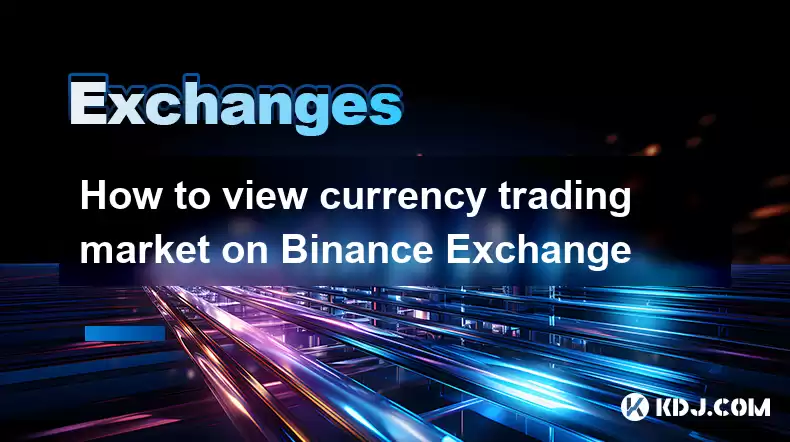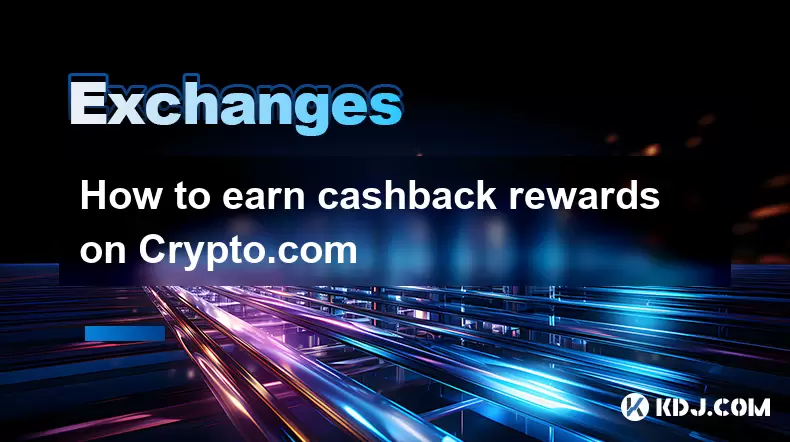-
 Bitcoin
Bitcoin $119100
0.38% -
 Ethereum
Ethereum $4277
0.63% -
 XRP
XRP $3.179
-0.89% -
 Tether USDt
Tether USDt $1.000
0.00% -
 BNB
BNB $807.5
0.48% -
 Solana
Solana $177.2
-3.03% -
 USDC
USDC $0.0000
0.01% -
 Dogecoin
Dogecoin $0.2283
-2.88% -
 TRON
TRON $0.3454
2.02% -
 Cardano
Cardano $0.7887
-2.14% -
 Hyperliquid
Hyperliquid $43.79
-3.38% -
 Chainlink
Chainlink $21.42
-3.21% -
 Stellar
Stellar $0.4373
-1.81% -
 Sui
Sui $3.704
-4.77% -
 Bitcoin Cash
Bitcoin Cash $584.0
2.28% -
 Hedera
Hedera $0.2491
-4.22% -
 Ethena USDe
Ethena USDe $1.001
-0.01% -
 Avalanche
Avalanche $23.31
-2.53% -
 Litecoin
Litecoin $121.5
-2.53% -
 Toncoin
Toncoin $3.393
1.47% -
 UNUS SED LEO
UNUS SED LEO $9.026
-0.03% -
 Shiba Inu
Shiba Inu $0.00001314
-3.84% -
 Uniswap
Uniswap $11.22
2.03% -
 Polkadot
Polkadot $3.916
-3.98% -
 Cronos
Cronos $0.1673
2.46% -
 Dai
Dai $1.000
0.01% -
 Ethena
Ethena $0.7960
2.16% -
 Monero
Monero $274.8
2.22% -
 Bitget Token
Bitget Token $4.427
-0.61% -
 Pepe
Pepe $0.00001153
-5.14%
How to view currency trading market on Binance Exchange
Through its comprehensive market data section, Binance Exchange provides traders with real-time market updates, including price, volume, order book depth, and charting tools to aid informed decision-making.
Feb 20, 2025 at 09:48 am

Key Points:
- Understanding the Binance Exchange Trading Interface
- Navigating the Market Data Section
- Placing Orders and Managing Positions
- Utilizing Advanced Trading Tools
- Best Practices for Effective Trading
Article Content:
1. Understanding the Binance Exchange Trading Interface
The Binance Exchange trading interface is designed to provide a comprehensive and user-friendly platform for cryptocurrency traders. It consists of several key sections, including the market data section, order form, trade history, and account information. Each section plays a crucial role in facilitating effective trading operations.
The market data section displays real-time market information, including the current price, trading volume, and order book depth. This data allows traders to assess market conditions and make informed trading decisions. The order form section is used to place buy or sell orders, specify order parameters, and manage open positions. The trade history section provides a detailed record of all completed trades, including the price, quantity, and execution time. The account information section displays the trader's account balance, trading history, and other relevant account details.
2. Navigating the Market Data Section
The market data section is located at the center of the trading interface and provides a comprehensive overview of the current market conditions for the selected trading pair. It displays the following information:
- Current Price: The current market price of the base currency in relation to the quote currency.
- Trading Volume: The total amount of the base currency traded over a specific time period (e.g., 24 hours).
- Order Book Depth: A representation of the current buy and sell orders in the market, sorted by price. This data indicates the liquidity and potential execution speed of a trade.
- Chart: A graphical representation of the price history of the trading pair over a specific time period. This chart can be used to identify trends and make trading decisions.
3. Placing Orders and Managing Positions
To place an order on Binance Exchange, traders must select the trading pair and enter the desired trade parameters into the order form. The order form includes the following options:
- Type: Traders can choose between market orders (executed at the current market price) or limit orders (executed at a specified price).
- Quantity: The amount of the base currency to buy or sell.
- Price: For limit orders, the trader must specify the limit price at which the order will be executed.
- Time in Force: The duration of the order's validity (e.g., immediate execution, good-till-canceled).
Once an order is placed, it will appear in the open orders section of the trading interface. Traders can manage open positions by editing, canceling, or modifying them.
4. Utilizing Advanced Trading Tools
Binance Exchange offers a range of advanced trading tools to enhance traders' capabilities. These tools include:
- Stop-Loss and Take-Profit Orders: Automated orders that can be placed to automatically close a position at a specific loss or profit threshold.
- Margin Trading: Allows traders to borrow funds to increase their potential profits (but also risks).
- Conditional Orders: Enables traders to create complex order strategies that trigger actions based on specific market conditions.
- Trailing Stop Orders: Dynamic stop-loss orders that adjust automatically as the market moves in a favorable direction.
5. Best Practices for Effective Trading
To succeed in currency trading on Binance Exchange, traders should adopt the following best practices:
- Research and Due Diligence: Thoroughly research the cryptocurrencies you intend to trade and understand their market dynamics.
- Risk Management: Implement sound risk management strategies, such as setting stop-loss orders and managing position sizes cautiously.
- Emotional Discipline: Control emotions and avoid making impulsive trading decisions. Stick to a trading plan based on logic and analysis.
- Patience and Discipline: Trading is a long-term process that requires patience and discipline. Do not chase losses or overtrade.
- Continuous Learning: Stay updated on market trends, trading strategies, and exchange developments. Seek knowledge and improve your skills.
FAQs
Q: What is the minimum trading amount on Binance Exchange?
A: The minimum trading amount varies depending on the trading pair. Traders can view the specific minimum amounts in the order form section.
Q: How do I deposit funds into my Binance Exchange account?
A: Binance Exchange supports multiple deposit methods, including cryptocurrencies, fiat currencies, and credit/debit cards. Instructions for depositing funds are available on the Binance support website.
Q: How is the trading fee calculated on Binance Exchange?
A: Trading fees on Binance Exchange are based on the trading volume and account level. Traders can view the detailed fee schedule on the Binance website.
Q: Is Binance Exchange regulated?
A: Binance Exchange is registered and licensed in multiple jurisdictions, including the United States and the United Kingdom. However, the regulatory landscape for cryptocurrency exchanges varies across jurisdictions, and it is important for traders to stay informed about the regulations applicable to their location.
Q: How do I contact Binance Exchange support?
A: Binance Exchange offers multiple support channels, including live chat, email, and a support ticket system. Traders can find contact information on the Binance website.
Disclaimer:info@kdj.com
The information provided is not trading advice. kdj.com does not assume any responsibility for any investments made based on the information provided in this article. Cryptocurrencies are highly volatile and it is highly recommended that you invest with caution after thorough research!
If you believe that the content used on this website infringes your copyright, please contact us immediately (info@kdj.com) and we will delete it promptly.
- INJ ETF, Crypto Future, and Uncertainty: Navigating the Murky Waters
- 2025-08-12 02:50:12
- Cold Wallet, Litecoin, HBAR Outlook: Navigating Crypto Trends in 2024
- 2025-08-12 03:30:12
- Dogecoin's Wild Ride: EMAs, Support Levels, and What's Next for the Meme Coin
- 2025-08-12 04:10:13
- Layer Brett, Solana, and Staking Rewards: Chasing the Next Crypto Moonshot
- 2025-08-12 04:10:13
- Ruvi AI: The Presale Gem Poised for 100x Gains?
- 2025-08-12 02:50:12
- Bitcoin, Solana, MAGACOIN FINANCE: Navigating the 2025 Crypto Landscape
- 2025-08-12 00:30:13
Related knowledge

How to use margin trading on Poloniex
Aug 08,2025 at 09:50am
Understanding Margin Trading on Poloniex

How to read the order book on KuCoin
Aug 10,2025 at 03:21pm
Understanding the Order Book Interface on KuCoinWhen accessing the order book on KuCoin, users are presented with a real-time display of buy and sell ...

How to read the order book on KuCoin
Aug 12,2025 at 02:28am
Understanding the Basics of Staking in CryptocurrencyStaking is a fundamental concept in the world of blockchain and cryptocurrencies, particularly wi...

How to set price alerts on Kraken
Aug 11,2025 at 08:49pm
Understanding Price Alerts on KrakenPrice alerts on Kraken are tools that allow traders to monitor specific cryptocurrency pairs for price movements. ...

How to earn cashback rewards on Crypto.com
Aug 12,2025 at 02:08am
Understanding Cashback Rewards on Crypto.comCashback rewards on Crypto.com are a feature designed to incentivize users to spend using their Crypto.com...

How to use advanced trading on Gemini
Aug 08,2025 at 04:07am
Understanding Advanced Trading on GeminiAdvanced trading on Gemini refers to a suite of tools and order types designed for experienced traders who wan...

How to use margin trading on Poloniex
Aug 08,2025 at 09:50am
Understanding Margin Trading on Poloniex

How to read the order book on KuCoin
Aug 10,2025 at 03:21pm
Understanding the Order Book Interface on KuCoinWhen accessing the order book on KuCoin, users are presented with a real-time display of buy and sell ...

How to read the order book on KuCoin
Aug 12,2025 at 02:28am
Understanding the Basics of Staking in CryptocurrencyStaking is a fundamental concept in the world of blockchain and cryptocurrencies, particularly wi...

How to set price alerts on Kraken
Aug 11,2025 at 08:49pm
Understanding Price Alerts on KrakenPrice alerts on Kraken are tools that allow traders to monitor specific cryptocurrency pairs for price movements. ...

How to earn cashback rewards on Crypto.com
Aug 12,2025 at 02:08am
Understanding Cashback Rewards on Crypto.comCashback rewards on Crypto.com are a feature designed to incentivize users to spend using their Crypto.com...

How to use advanced trading on Gemini
Aug 08,2025 at 04:07am
Understanding Advanced Trading on GeminiAdvanced trading on Gemini refers to a suite of tools and order types designed for experienced traders who wan...
See all articles

























































































